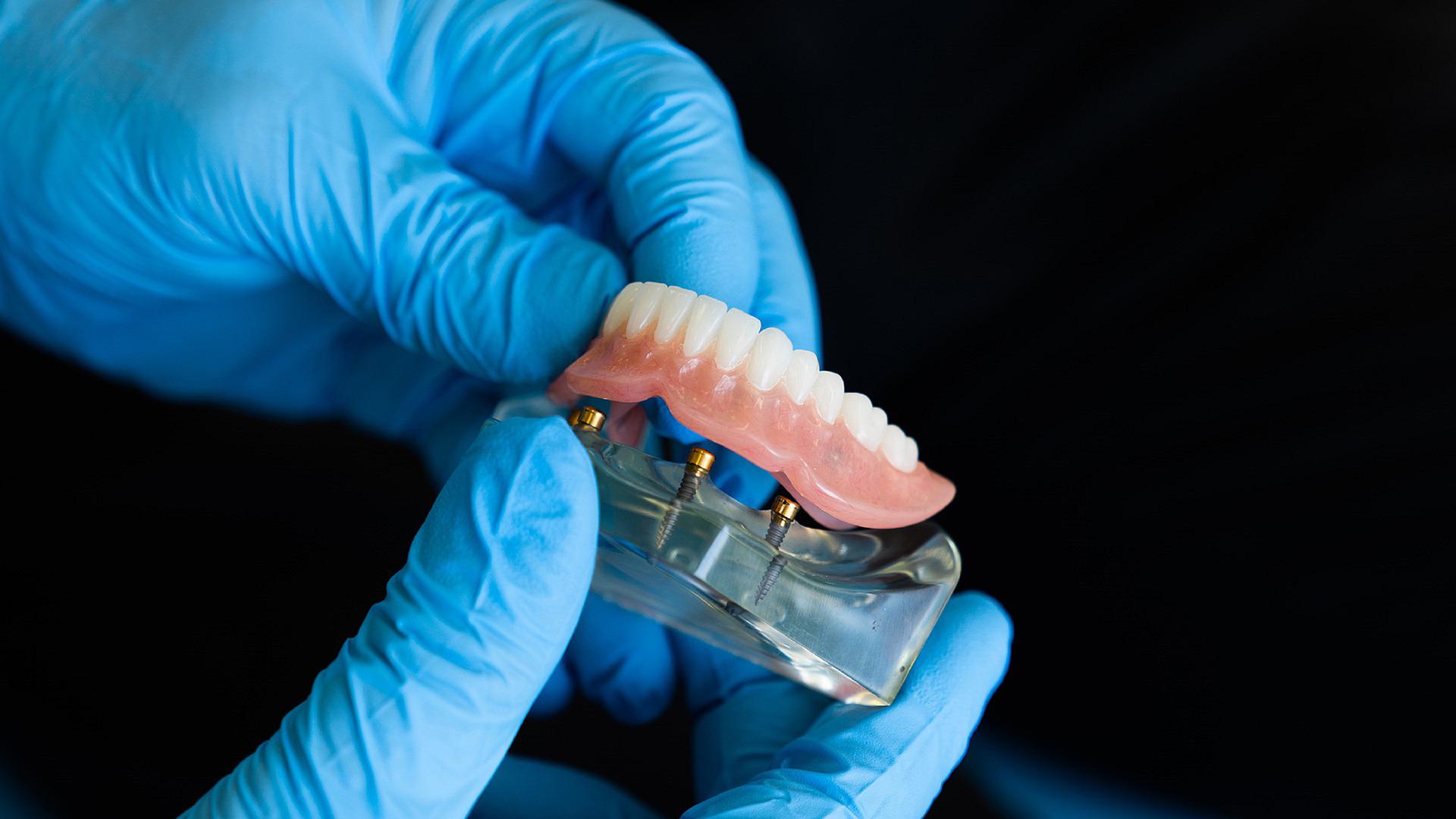Dentures
What are dentures?
Dentures are an effective solution for individuals who have lost some or all of their natural teeth. They can improve the appearance of your smile, help you to eat and speak more comfortably, and enhance your overall quality of life. In this article, we will discuss why dentures are needed, how they are made, their history, and the different types available.
Why are they needed?
Dentures are needed when a person loses their natural teeth due to age, injury, or dental disease. Without teeth, eating and speaking can be challenging, and self-esteem can suffer. They provide a natural-looking and functional replacement for missing teeth, enabling individuals to eat, speak, and smile with confidence.
How are they made?
The process of making dentures involves several steps. First, your dentist will take measurements of your mouth to create a custom mold. This mold will be used to create a wax model of your dentures. Once the wax model is made, your dentist will have you try it on to ensure that it fits properly and looks natural. Any necessary adjustments will be made at this stage. After the wax model is finalised, it will be used to create the final denture which will be adjusted to fit your mouth properly and provide a comfortable fit.
History of dentures
Dentures have been around for centuries. The ancient Egyptians used dentures made of ivory and bone, and the Romans used dentures made of human and animal teeth. In the 18th century, dentures began to be made with porcelain, which provided a more natural-looking appearance. Today, they are typically made of acrylic resin or porcelain and are custom-made to fit each patient’s unique mouth.

Types of dentures
Removable partial – are for patients who are missing some of their teeth on a particular arch. Fixed partial dentures, also known as “crown and bridge” dentures, are made from crowns that are fitted on the remaining teeth. They act as abutments and pontics and are made from materials resembling the missing teeth. Fixed bridges are more expensive than removable appliances but are more stable.
Complete – are worn by patients who are missing all of the teeth in a single arch—i.e., the maxillary (upper) or mandibular (lower) arch—or, more commonly, in both arches.
Copy dentures – Can be made for partial but mainly complete denture patients. These dentures require fewer visits to make and usually are made for older patients, patients who would have difficulty adjusting to new dentures, would like a spare pair of dentures or like the aesthetics of their dentures already. This requires taking an impression of the patient’s current denture and remaking them.
Cost
The cost of dentures in Poland is less than in the UK, however because it will involve a few visits to the dentist, it might not make financial sense to come to Poland for treatment unless you plan to holiday here for a couple of weeks or make a few visits. Full Dentures (per arch) cost from around £250.
Medical uses
Dentures do not feel like real teeth, nor do they function
like real teeth, however there are some benefits:
- Mastication or chewing ability is improved by replacing edentulous (without teeth) areas with denture teeth.
- Aesthetics, because the presence of teeth gives a natural appearance to the face and wearing a denture to replace missing teeth provides support for the lips and cheeks and corrects the collapsed appearance that results from the loss of teeth.
- Pronunciation, because replacing missing teeth, especially the anteriors, enables patients to speak better. There is especially improvement in pronouncing words containing sibilants or fricatives.
- Self-esteem, because improved looks and speech boost confidence in the ability to interact socially.
Tooth loss
People can become entirely edentulous for many reasons, the most prevalent being removal due to dental disease, which typically relates to oral flora control, i.e., periodontal disease and tooth decay. Other reasons include pregnancy, tooth developmental defects caused by severe malnutrition, genetic defects such as dentinogenesis imperfecta, trauma, or drug use.
Materials
False teeth are mainly made from acrylic due to the ease of material manipulation and likeness to intra-oral tissues, i.e.. gums. Most are fabricated from heat-cured acrylic polymethyl methacrylate and rubber-reinforced polymethyl methacrylate.
Colouring agents and synthetic fibres are added to obtain the tissue-like shade, and to mimic the small capillaries of the oral mucosa, respectively.
However, dentures made from acrylic can be fragile and fracture easily if the patient has trouble adapting neuromuscular control. This can be overcome by reinforcing the denture base with cobalt chromium (Co-Cr). They are often thinner (therefore more comfortable) and stronger (to prevent repeating fractures).
Conclusion
Dentures are an essential solution for individuals who have lost their natural teeth. They can improve your quality of life by restoring your ability to eat, speak, and smile comfortably. The process of creating dentures involves several steps, including taking measurements, creating a wax model, and adjusting the final denture to fit properly. Dentures have a long history, dating back centuries, and today they are typically made of acrylic resin or porcelain. There are two main types of dentures: full and partial, as well as implant-supported dentures. If you are in need of dentures, talk to your dentist about which type is right for you.

